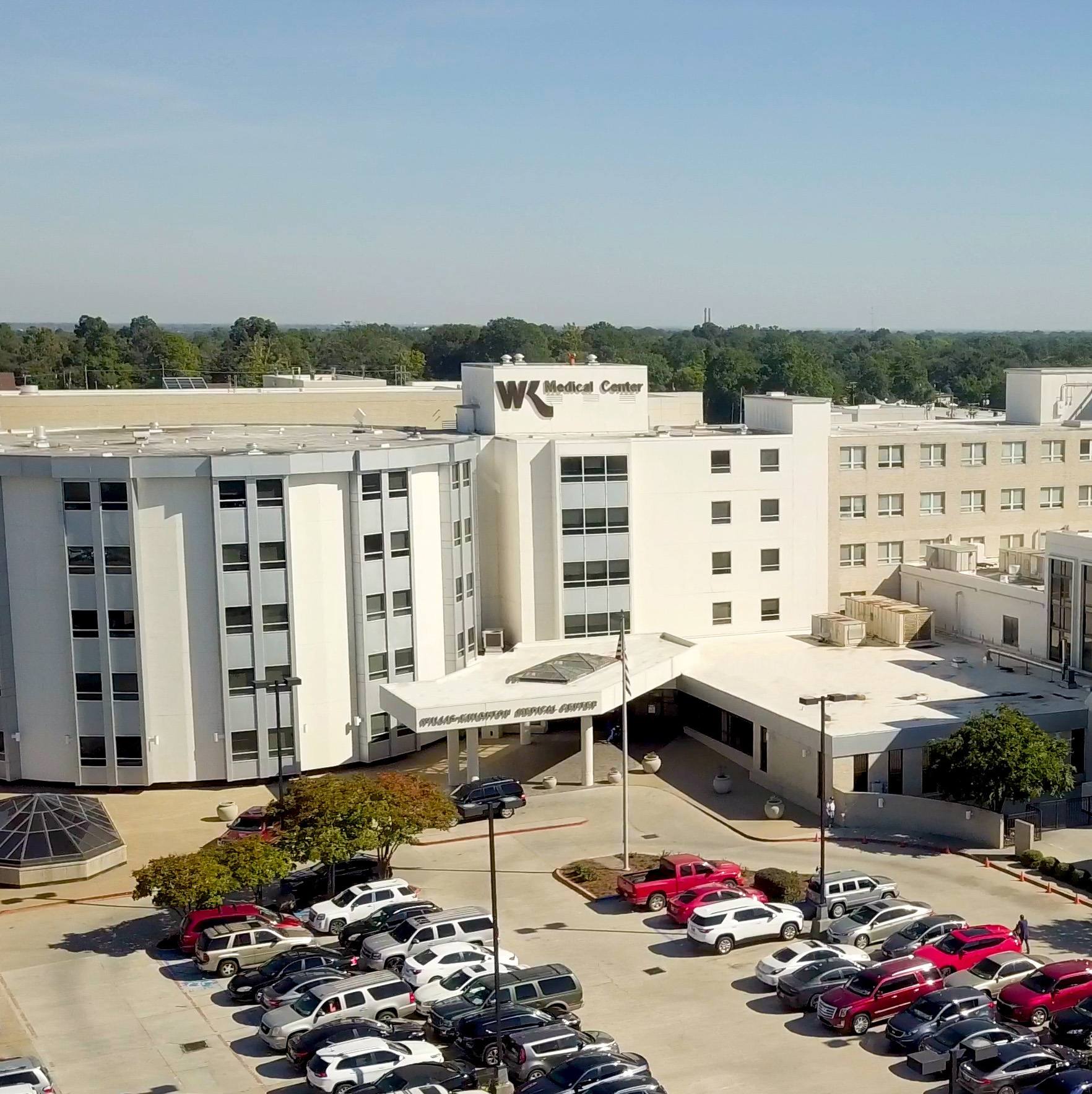-

Mayo Clinic Reports Strong Performance in 2013, Reaching More Than 63 Million People
ROCHESTER, Minn. — Feb. 26, 2014 — As Mayo Clinic recognizes its Sesquicentennial year, the not-for-profit organization reached a record 63 million people in 2013. The strong performance was bolstered by successful implementation of new care delivery models — such as the Mayo Clinic Care Network — that provide knowledge to patients, physicians and consumers in traditional and new ways.
“Expanding our reach is not a new goal for us,” says John Noseworthy, M.D., Mayo Clinic president and CEO. “In fact, as we consider our history, growth has been a constant for 150 years.”
In 1983, Mayo treated 200,000 unique patients a year. In 2011, Mayo reached just over 20 million people a year and only two years later, in 2013, Mayo Clinic reached 63 million people. The numbers reflect:
- 1.2 million unique patients who come to Mayo Clinic from every state and 135 countries
- 4.1 million unique diagnostic tests through Mayo Medical Laboratories (MML) in more than 130 countries
- 7 million patients through Mayo Clinic Care Network
- 7.4 million people through Mayo’s social media channels
- 43.5 million people through products and services from Mayo’s Global Business Solutions (including online sources)
“The strong commitment of our entire organization has allowed us to respond successfully to unprecedented change in health care,” Dr. Noseworthy says. “We have changed the very definition of Mayo Clinic and stayed true to our core mission and values.”
The Mayo Clinic Care Network is a centerpiece of Mayo Clinic’s evolved health care delivery model. The network, launched in September 2011, now includes 25 members. The Mayo Clinic Care Network is a network of like-minded organizations which share a common commitment to improving the delivery of health care in their communities through high-quality, data-driven, evidence-based medical care. The network recognizes that people prefer to get their health care close to home. The main goal of the network is to help people gain the benefits of Mayo Clinic expertise without having to travel to a Mayo Clinic facility. Altru Health System, Grand Forks, ND was the first to join Mayo Clinic Care Network on September 14, 2011. WellStar Health System in Atlanta is the newest member. WellStar serves a population of more than 1.4 million residents in five counties and is the largest not-for-profit health system in Georgia with 13,000 employees.
Mayo Clinic continues to invest in systems, processes and clinical research to improve the efficiency and effectiveness of its care delivery model. For example:
- Through innovative and collaborative efforts by Mayo employees, new patient appointments at Mayo Clinic in Rochester increased by 15-percent in 2013. Since the initiative began in 2012, Mayo’s waitlists have decreased substantially.
- One of Mayo’s most important information technology investments is the move toward a single electronic medical record (EMR) across all campuses. Creating and implementing a single EMR will be one of Mayo’s largest IT investments in both time and money and will better serve patients wherever they receive care across Mayo Clinic.
Outside organizations recognized Mayo for high quality health care delivery in 2013. These groups include U.S. News & World Report: America’s Best Hospitals Honor Roll, University Health System Consortium Leadership Award (Top 10), Leapfrog Top Hospitals, Leapfrog Hospital Safety Score (Grade A), Consumer Reports Safety Score (Score >60) and American Nurses Credentialing Center
(Magnet Status).
For the last 150 years, research has been central to Mayo Clinic’s mission. “Mayo’s research shield is integral to our ability to bring the latest advances in medicine to patients,” Dr. Noseworthy says. “It’s why patients come to Mayo — because they want to know that they are getting the best, most up-to-date care.”
Mayo’s three hybrid centers — the Center for Regenerative Medicine, the Robert D. and Patricia E. Kern Center for the Science of Health Care Delivery and the Center for Individualized Medicine — conduct cutting edge research and drastically reduce the time to bring new discoveries to patients and to the world. For example, Optum Labs, Mayo Clinic’s strategic research alliance with Optum Health, through The Kern Center for the Science of Health Care Delivery is an innovative collaborative that analyzes data to answer the toughest questions in health care. Optum Labs recently announced that a number of leading health care organizations are joining Optum Labs, including the University of Minnesota School of Nursing, Pfizer and Tufts Medical Center, among others. Optum Labs has more than 20 major research initiatives currently underway or awaiting publication, including several that are likely candidates for clinical translation projects.
“One of Optum’s greatest tools is its access to the world’s largest and most robust health care clinical outcomes and claims databases, which includes “de-identified” claims data on more than 150 million patients that can be linked with clinical outcomes of 30 million electronic health records,” Dr. Noseworthy says. “The database will lead to unprecedented leaps in understanding what works in health care. The technology allows analysts to turn around queries in a matter of seconds which previously took two to four weeks.”
In 2013, Mayo’s total budget for education and research programs was $912 million; Mayo Clinic contributed nearly $489 million of that total. Mayo research programs received nearly $368 million in external funding in 2013.
Entrepreneurship
“Mayo’s research goes well beyond our walls,” Dr. Noseworthy remarks. “By diffusing and commercializing Mayo’s research and innovation, we are changing the practice of medicine globally. “Mayo Clinic Ventures brings together the ingenuity and expertise of Mayo Clinic staff with the entrepreneurial spirit of business. Between 1986 and 2012, Mayo Clinic Ventures:
- Licensed over 2,000 technologies and we have issued over 1,400 patents.
- Participated in 85 start-up companies
- Returned $300 million to Mayo Clinic from Mayo licensed technology
- Touched 25 million lives through Mayo licensed technology
Quality and Efficiency
Mayo Clinic has slowed full-time employee growth and redeployed our resources to the highest priorities. “Achieving operational excellence was a major focus this last year,” Dr. Noseworthy notes. “In 2013, nearly 60,000 staff members worked differently – leveraging our culture, increasing quality and efficiency and driving down expenses.”
Quality initiatives continue to be significant part of Mayo’s “working differently” culture. There are more than 400 official department/division quality improvement projects in place with hundreds more projects are happening in individual work areas.
“To build the workforce of the future, we continue to foster a diverse, inclusive environment,” Dr. Noseworthy points out. In 2013, for example, Mayo had a record number of academic promotions for women: 46 were promoted to associate professor and 16 were promoted to full professor.
In 2014, Mayo Clinic reduced the rate of its fee increases, despite growing costs associated with new technology and administrative requirements and continues a consistent downward trend across Mayo Clinic — even with challenges such as increasing downward pressure on reimbursement for our care combined with changing consumer demand across the nation for elective medical services.
Destination Care
Mayo Clinic’s 2013 mission-advancing financial performance allows Mayo to strengthen its destination medical center practice and deliver expertise to patients and physicians in new ways. For example:
- Mayo continues several building projects that will serve patients for generations to come. Ongoing building projects include the expansion and modernization of Mayo Clinic Hospital – Rochester, Saint Mary’s Campus, the new Mayo Clinic Health System hospital in Cannon Falls, and Dan Abraham Healthy Living Center Healthy Living Program and Mayo Clinic Sports Medicine Center.
- Community development projects are key to the expansions — The Destination Medical Center in Rochester is one example and Arizona Biomedical Corridor is an Arizona example. These fortify and strengthen Mayo Clinic’s leadership position as a regional, national and international destination for specialized/complex care.
2013 Mayo Clinic Financial Highlights
Mayo also reported a solid 2013 financial performance as it works to strengthen its destination medical center practice and deliver expertise to patients and physicians in new ways.
- Mayo Clinic’s overall financial performance was favorable to plan in 2013 and better than 2012.
- Mayo Clinic finished 2013 with $612 million in income from current activities — or net operating income, which translates to an operating margin of 6.5 percent and aligns with the clinic’s long-term objectives. Mayo Clinic targets a 4 to 6 percent annual operating margin to support its research and education activities, fund salary increases, invest in the pension fund, and provide a source of capital for investing in the future.
- Revenues grew by 6 percent to $9.4 billion; expenses grew by 4.3 percent to $8.8 billion.
- Mayo Clinic’s portfolio realized an annualized investment return of 14.5 percent, which is above benchmarks. A portion of this return supports research, education and operations — nearly $170 million in 2013.
- Mayo Clinic’s pension plan is fully funded. Mayo Clinic contributed $260 million to its pension plan in 2013. Mayo Clinic has contributed $1.1 billion to its pension plan over the past three years. Securing Mayo Clinic’s pension fund is a priority and underscores Mayo’s commitment to its staff.
- Benefactors, primarily grateful patients, contributed $399 million to fund Mayo Clinic programs in practice, education and research.
Click here to access audio from today's news briefing.
Click here for Transcript of Audio News Briefing 2013 Performance Report.
For a copy of Mayo Clinic's 2013 Consolidated Financial Report, please click here.
For more details on Mayo Clinic operational highlights, please click here.
Journalists: Soundbites from Dr. John Noseworthy and Jeff Bolton are available in the downloads section.
# # #
About Mayo Clinic
Recognizing 150 years of serving humanity in 2014, Mayo Clinic is a nonprofit worldwide leader in medical care, research and education for people from all walks of life. For more information, visit 150years.mayoclinic.org, http://www.mayoclinic.org/ and newsnetwork.mayoclinic.org.
MEDIA CONTACT: Karl Oestreich, Mayo Clinic Public Affairs, 507-284-5005, newsbureau@mayo.edu








